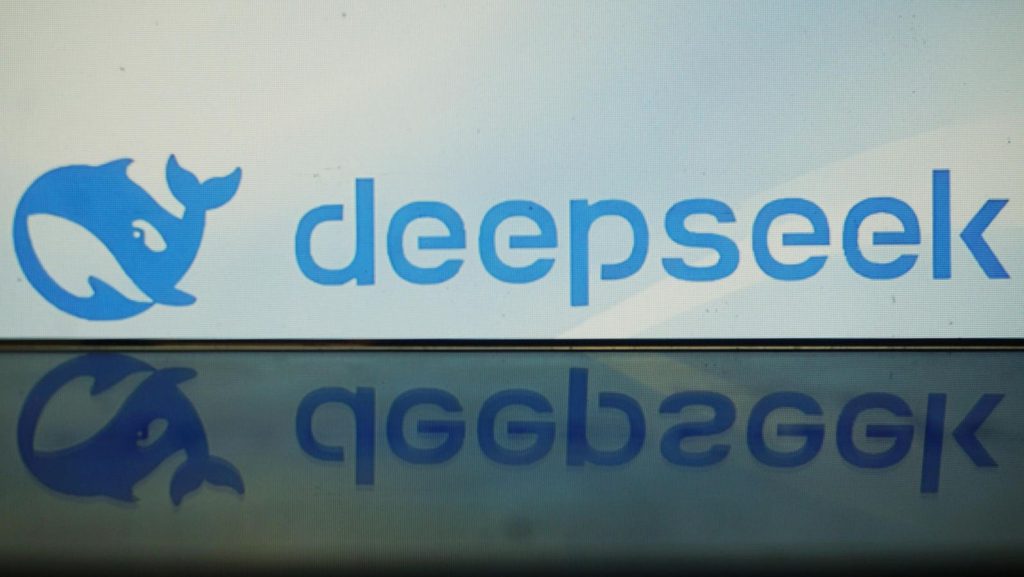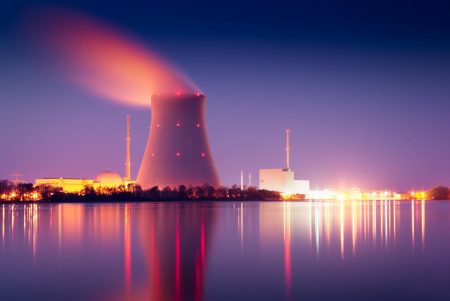Paragraph 1: The US government’s restriction on exporting Nvidia’s advanced AI chips to China inadvertently spurred innovation within the Chinese AI sector. DeepSeek, a Chinese AI developer, managed to create a large language model (LLM) called R1 that rivals OpenAI’s models in performance, while utilizing significantly fewer and less powerful chips than its American counterparts. This achievement highlights the principle that scarcity often fosters creativity and efficiency, proving that startups can sometimes outmaneuver established giants by finding innovative solutions to resource limitations. DeepSeek’s success serves as a potent example of how constraints can be the catalyst for groundbreaking advancements.
Paragraph 2: DeepSeek’s R1 model presents a compelling alternative for businesses seeking cost-effective AI solutions. Its performance, comparable to leading models like OpenAI’s, comes at a fraction of the cost, making it an attractive option for enterprises. The lower operational expenses associated with R1 are a significant draw for companies exploring generative AI applications. Silicon Valley startups and venture capitalists alike have praised R1’s capabilities and cost-effectiveness, signaling a potential shift in the AI landscape. This price disruption has the potential to reshape the market, forcing established players to reconsider their pricing strategies and fostering a more competitive environment.
Paragraph 3: DeepSeek’s rapid development cycle and lower training costs further underscore its disruptive potential. While estimates for training comparable LLMs range from $100 million to $1 billion, DeepSeek reportedly trained its V3 model for a mere $5.6 million. This stark difference in investment highlights the efficiency gains achieved through DeepSeek’s innovative approach. Their ability to train powerful models with a smaller cluster of Nvidia chips challenges the conventional wisdom surrounding resource requirements for AI development. This efficiency, coupled with rapid iteration, allows DeepSeek to bring improvements to market faster, potentially gaining a competitive edge.
Paragraph 4: Liang Wenfeng, DeepSeek’s CEO, brought a unique perspective and expertise to the company, contributing to its success. His background managing a hedge fund accustomed to leveraging AI for financial modeling provided a solid foundation for building DeepSeek. The experience of his team in optimizing hardware performance for complex computations proved invaluable when faced with the limitations imposed by the US export ban. This deep understanding of chip architecture allowed them to maximize the performance of the less powerful H800 chips. Furthermore, Liang’s decision to bring his top talent from the hedge fund to DeepSeek ensured the new venture had the necessary expertise to tackle the challenges of AI development.
Paragraph 5: DeepSeek’s achievements have garnered significant attention from industry giants like Microsoft and sparked debate about the implications for the AI landscape and Nvidia’s future growth. Microsoft CEO Satya Nadella acknowledged DeepSeek’s innovative approach to open-source modeling and computational efficiency, emphasizing the need to take these developments seriously. DeepSeek’s ability to push the boundaries of performance with limited resources raises questions about the long-term demand for Nvidia’s high-end chips. If other developers emulate DeepSeek’s strategy, the reliance on the most expensive and powerful GPUs could diminish, potentially impacting Nvidia’s revenue projections.
Paragraph 6: DeepSeek’s ability to extract high performance from less powerful chips has the potential to democratize access to advanced AI capabilities. By lowering the cost and time barriers to entry, DeepSeek’s approach could empower smaller companies and research institutions to participate more actively in the AI revolution. This increased accessibility could stimulate further innovation and accelerate the development of new applications across various industries. The shift towards more efficient resource utilization could also have a positive environmental impact, reducing the energy consumption associated with training and deploying large AI models. Ultimately, DeepSeek’s success story highlights the power of innovation in the face of adversity and signals a potential paradigm shift in the AI hardware landscape.










